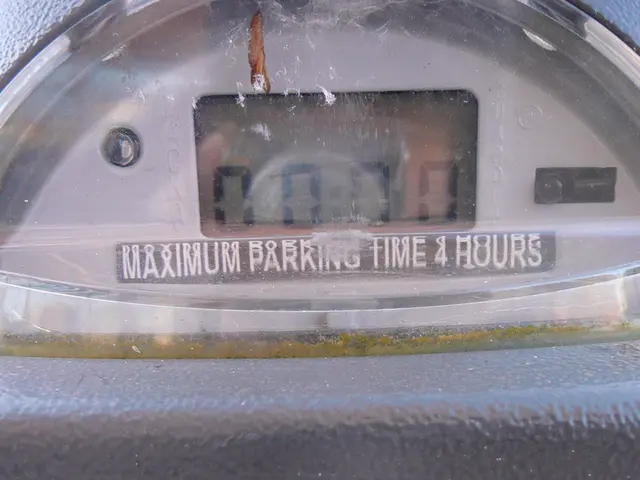Bitcoin Miners Breathe Easy: EU Exempts Miners and Validators from Market Abuse Reporting
European legislation relaxes stringent cryptocurrency restrictions for Bitcoin miners - Insights
The European Securities and Markets Authority (ESMA) announced that Bitcoin miners and proof-of-stake validators are exempt from reporting market abuse, much to the relief of the crypto industry.
Last December, ESMA ruled that miners, validators, builders, and searchers would be excluded from Persons Professionally Arranging or Executing Transactions (PPAETs) under the EU's Markets in Crypto-Assets Regulation (MiCA) guidelines. This exemption means these groups will avoid strict market abuse reporting like crypto exchanges and other entities labeled as PPAETs.
Circle's EU strategy and policy director, Patrick Hansen, hailed ESMA's decision, praising the regulator's flexibility toward crypto markets. Hansen stated that by not defining PPAETs rigidly in regulatory technical standards (RTS), ESMA left room for future adaptations as the crypto market evolves.
Hansen argued that including miners and validators under PPAETs could increase the regulatory burden on operators, potentially driving them to relocate overseas. He contended that the exemption would foster financial innovation within the EU.
Hansen continued, "It's great that they considered the potential negative impact on the industry and the EU, so as to avoid encouraging these miners and validators to leave or avoid establishing in the EU, thereby pushing innovation offshore."
MiCA took effect in June 2023, and regulators regard it as the most extensive crypto regulation to date. The stablecoins provision was introduced in mid-2024, leading to several non-compliant tokens being delisted from major European exchanges. For instance, popular stablecoins like Tether's USDT were delisted by platforms such as Binance, providing Circle's USDC with a significant competitive advantage within the region.
TradingView data indicated a surge in USDC's market cap after MiCA's implementation, with the cryptocurrency's size nearly doubling to $57 billion. Although USDT also recorded growth, climbing to a new high of $142 billion in market cap, its increase was moderately lower (28%) compared to USDC's expansion. The disparity in growth suggests a favorable regulatory environment may have benefited USDC post-MiCA implementation.
In a nutshell, ESMA's move to exclude Bitcoin miners and validators from market abuse reporting is seen as a positive step by the crypto community. Moreover, Circle's EU strategy director views the decision as a demonstration of the EU's flexibility in addressing the challenges and opportunities posed by the evolving crypto market.
- The crypto market welcomed the European Securities and Markets Authority (ESMA)'s decision to exempt Bitcoin miners and validators from reporting market abuse.
- Under the EU's Markets in Crypto-Assets Regulation (MiCA) guidelines, miners, validators, builders, and searchers were initially excluded from Persons Professionally Arranging or Executing Transactions (PPAETs).
- The exemption of miners and validators from stricter market abuse reporting, like crypto exchanges, will help avoid potential operational drive to relocate overseas and foster financial innovation within the EU.
- Patrick Hansen, Circle's EU strategy and policy director, applauded ESMA's decision, crediting the regulator's flexible approach to the crypto markets.
- Including miners and validators under PPAETs could potentially increase the regulatory burden on operators, Hansen noted, arguing that the exemption would encourage financial innovation within the EU.
- MiCA regulates the crypto industry, taking effect in June 2023, and is considered the most extensive crypto regulation to date.
- The stablecoins provision was introduced in mid-2024, leading to several non-compliant tokens being delisted from major European exchanges, creating a significant competitive advantage for Circle's USDC within the region.
- TradingView data revealed a surge in USDC's market cap after MiCA's implementation, with the cryptocurrency's size nearly doubling to $57 billion.
- While USDT also recorded growth, climbing to a new high of $142 billion in market cap, its increase was moderately lower (28%) compared to USDC's expansion, suggesting a favorable regulatory environment may have benefited USDC post-MiCA implementation.




